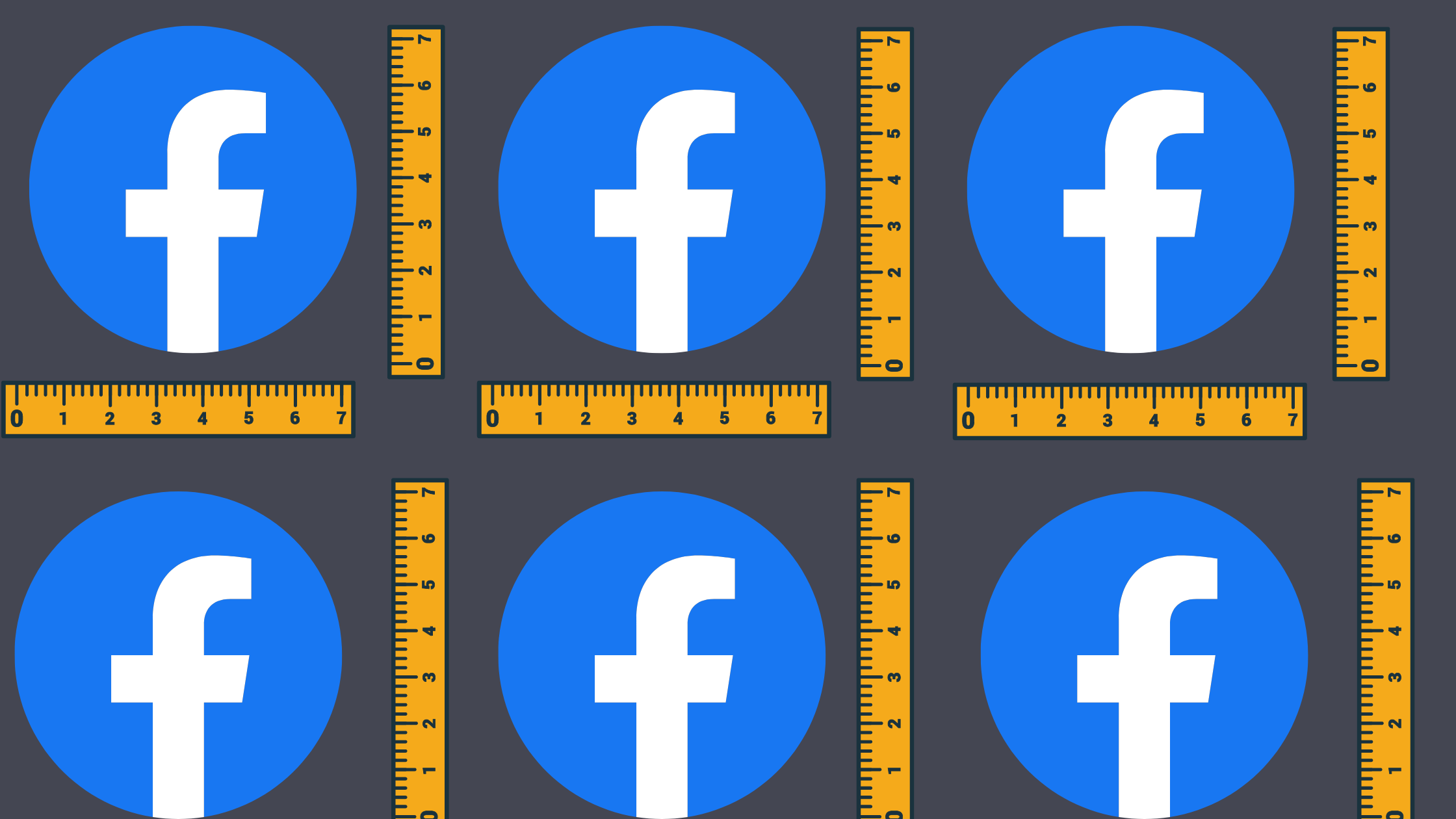Brands, brands, brands. The word is everywhere from big companies like Apple, Coca-Cola, and Nike to smaller businesses and startups to influencers building a social media following. The first step to establishing your brand is understanding what it is, what makes one, and why it matters.
What Is a Brand?
The American Marketing Association defines a brand as “A brand is a name, term, design, symbol, or any other feature that identifies one seller’s good or service as distinct from those of other sellers.”
The way people use the term has changed a lot over the years. Today, a brand means so much more than the physical features of a specific product, service, or company. It’s also the feelings and associations that these things evoke in people. And it doesn’t just apply to companies. In the age of social media, personal brands can go a long way. If the public perceives a certain company’s shoes as high quality and fashionable, that’s as much part of their brand as their logo.
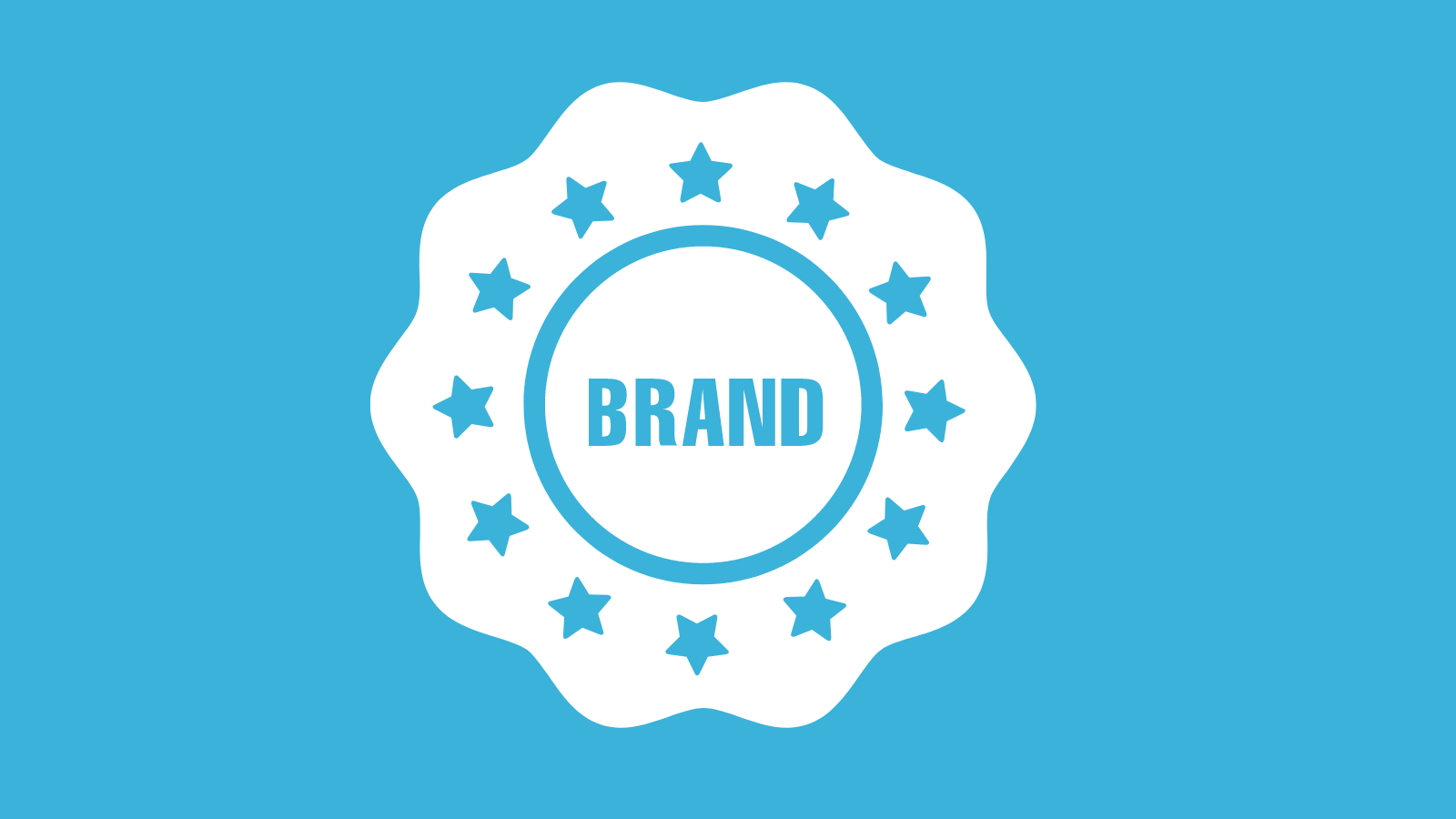
A Brief History of Brands
The concept of branding goes back centuries. The term comes from cattle branding, which is burning a mark into their skin to distinguish ownership. When packaged goods started becoming popular in the 19th century, companies started using logos and packaging design to distinguish themselves from their competitors. That’s when brands as we know them today started taking off.

Four Types of Brands
The type of brand a person or company uses depends on the particular entity using it. The following are some of the most common forms of brands:
Corporate Brands
Corporate branding is how companies promote themselves to compete against other companies in their niche. The corporate branding process is about creating the company’s brand. Decisions like pricing, mission, target market, and values contribute to corporate branding.

Personal Brands
Branding isn’t just for companies. Public figures curate personas to gain fans and promote their projects. On social media, even everyday people create personal brands with the style of their posts, photos, and videos. Some even leverage their social media presence to become brand ambassadors and influencers.

Product Brands
Product branding, also known as merchandise branding, is all about promoting a specific product. This type of branding involves market research and choosing the right target audience. The majority of the work for this is done when a new product is released.

Service Brands
Branding a service as opposed to a product often takes a little creativity since services aren’t always something you can physically show.

What are the 8 Elements of Branding?
It takes a lot of different parts to make a brand, including…
Brand Compass
A brand compass is the most fundamental outline of your brand strategy. It charts the direction your company is headed in and why. It is made up of five parts:
Purpose
Why does your company exist?
Vision
What is the ultimate goal of your work?
Mission
How do you plan to achieve your vision?
Values
What’s important to your company?
Strategic objectives
What real world milestones will you use to measure your progress?
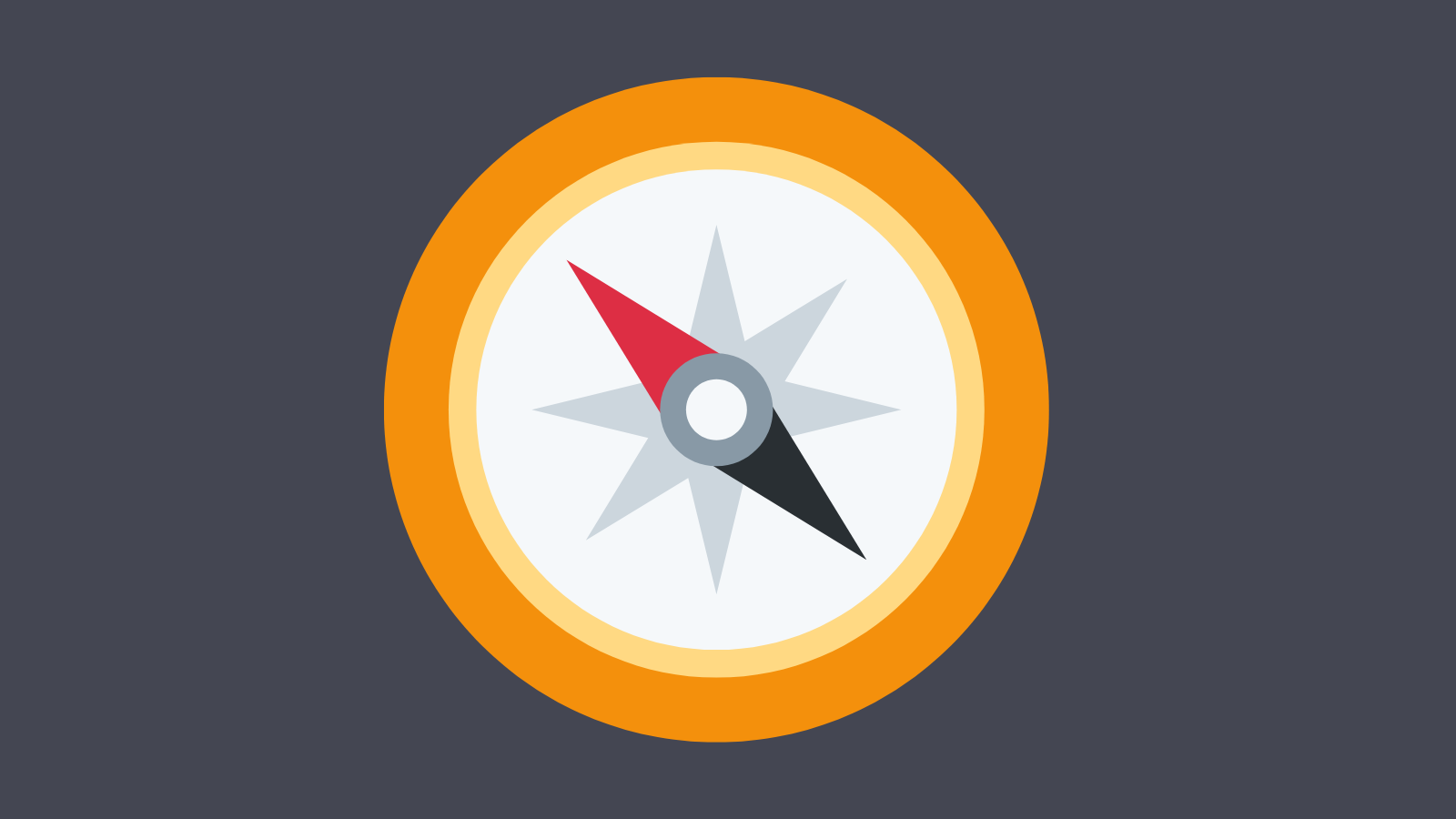
Brand Personality
Brand personality is how your brand would look and sound if it were a person. A brand’s personality is the reason it is identifiable to its loyal customers and the basis for the relationships they form with it.

Competitive Advantage
Your competitive advantage is what you do better than any other business. Defining that advantage and presenting it to your target audience are important tasks for any business to differentiate themselves from their competitors.
A single value proposition like low prices or fast delivery speed usually isn’t enough on its own. What happens when someone comes along who can offer lower prices? Do you race to the bottom? And do you really think you can beat Amazon on delivery speed? The best approach to defining your competitive advantage is to consider the unique value your business provides, the customers you serve, and the other businesses you’re competing against.
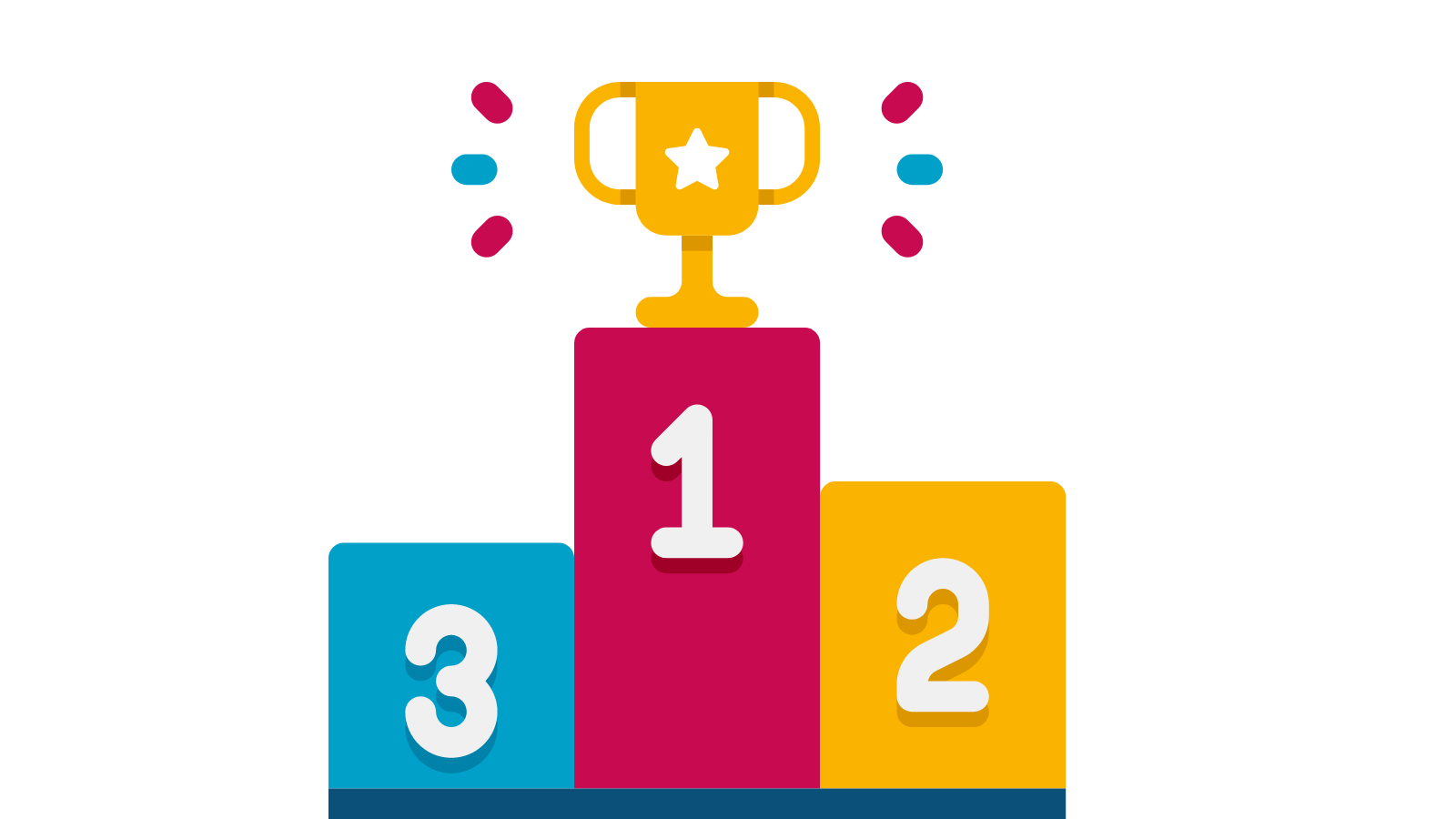
Brand Promise
Your brand promise is the pledge your company makes to the people you serve.
Your brand promise can be explicitly stated or subtly implied. Places that reflect it include:
- Taglines
- Messaging
- Advertisements
- social media
- and more…
The most important part of a brand promise is keeping it.
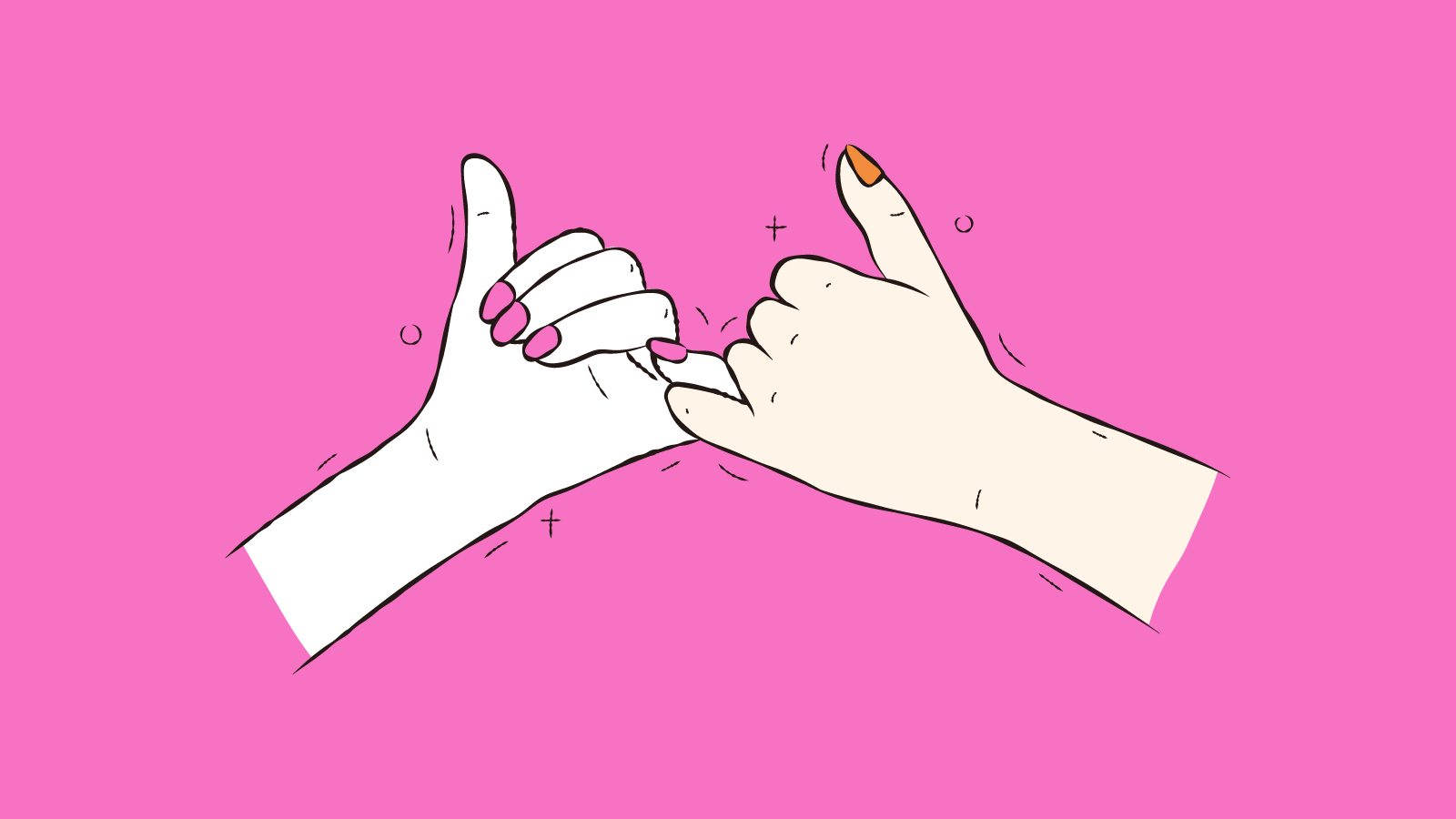
Visual Identity
Your brand’s visual identity is the series of visual elements that make it recognizable. These include
- Logo
- Color scheme
- Typography
- Photos
- Icons
- And more…
Your visual brand identity should consistently reflect your brand’s personality, values, and competitive advantage.

Verbal Identity
Your brand’s verbal identity is the series of words and messaging that make it recognizable, including:
- Name
- Tagline
- Brand voice
- Brand story
- Brand messaging
.png?width=1600&name=Minimalist%20graphics%20of%20people%20speaking%20(1).png)
Brand Positioning
Brand positioning is where your brand stands in the competitive landscape. By understanding your customers, your competition, and your brand’s unique value proposition, you can position your brand as one that will stand out in your customers’ minds. To find out where you currently stand, do a little market research and ask your current customers for feedback.

Brand Experience
Brand experience includes all the ways a customer can interact with your brand.
- Website and app user experience
- Customer experience
- In-store experience
- Experience of actually using the product
The best brand experiences are meaningful, memorable, authentic, and, most importantly, consistent. An effective brand experience is one of the best ways to build customer loyalty.
Why Invest in Branding?
Creating a successful brand strategy takes time, money, and collaboration. But it’s a worthwhile investment for what it brings to your company.
Attract Ideal Customers
Every company, product, or service has a target audience. Nothing is truly for everyone. Within that target audience is your ideal audience. Those are the people you want to become loyal customers and are the basis for customer personas.
The difference between target audience and ideal customers is brand loyalty. Your target audience is more likely to buy what you’re selling. Your ideal customers are more likely to develop a loyal relationship with your brand.

Improve Your Marketing Efforts
Investing in branding and brand management goes a long way towards an effective marketing strategy. An articulated, cohesive brand makes it easier for your marketing initiatives to unite for a common goal. Doing market research to determine your brand personality leads to more accurately targeted marketing campaigns.
An engaging brand identity makes every touchpoint of your marketing efforts more effective. A strong brand often requires use of templates and guidelines for consistency purposes, but it also makes it easier to duplicate your efforts in the future.

Close Deals More Easily
When value propositions are part of a brand narrative, the products and services are easier to sell because potential customers already know something about what you sell before they even interact with the sales team.

Charge Higher Prices
There’s a popular saying, “customers don’t buy products, they buy brands.” Having the best quality products in your industry can only go so far if the public doesn’t associate your brand with quality. Effective branding and differentiation lets you position your company as a leader, which lets you charge higher prices for your products.

Boost Business Value
A strong brand and higher prices lead to higher brand equity, which can in turn lead to higher share prices if you decide to become publicly traded. Investing in your company’s branding can lead directly to more money and a high return on investment.

What Does Brand Equity Mean?
Brand equity is the value generated from a company's product or service compared to a generic equivalent. It’s intended to measure the effectiveness of the branding. Brands with strong brand equity make significantly more money than their generic counterparts. For example, Coca-Cola is the most valuable brand in the world. This is credited to the consistency of their product and their iconic brand image.

When Should You Trademark Your Brand Name?
A trademark is a great tool for protecting your brand name from infringement. You can start using the ™ symbol before your application is approved, but it’s a good idea to trademark your brand name as soon as you can. If you wait, someone else might beat you to filing it.
It’s also important to use your brand name consistently so people become familiar with it and associate it with your company, product, or service. Inconsistent brand name use can weaken your brand and make it harder to get a trademark or otherwise protect it.

What is Rebranding?
Sometimes the way companies want their potential customers to perceive them changes. Maybe the logo is outdated and causing potential customers to see them as old and out of touch. Maybe the name of a product has a connotation that it didn’t when it was first released. In those cases, it’s time for a rebrand. When a brand identity is all-encompassing, changing one asset means changing others as well. Rebranding is not the end of the world, however you can proactively prevent the need for it to some extent by avoiding focusing too much on trends that come and go when you create the language and visuals for your brand. Instead, focus on your company’s unique attributes and a timeless feel.

How Sav Can Help
Any good branding strategy needs a beautiful, user-friendly website with a custom domain name. Here at Sav we make building one easy and affordable for entrepreneurs of all budgets. Just buy a domain, attach it to a website, and drag and drop all the features you want into place. What are you waiting for? Start your free trial today to start building your website and your brand alike!
Newsletter
Popular
Top Articles
Recommended articles
A Complete Guide to Facebook Ad Sizes
Facebook ads are an essential part of any social media marketing strategy. Facebook may not be the most popular social network for the...
Read moreHow to Come up With Ecommerce Product Ideas
Whether you’re starting a new ecommerce business or expanding a pre-existing one, what products to sell online is an important decision....
Read moreThe 10 Best Providers for Print on Demand Books
Always wanted to write your own book? Self-publishing with a print on demand book service can make that dream a reality more easily than...
Read more

